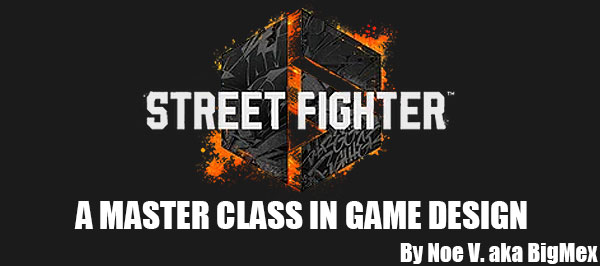
Street Fighter was a series that had hundreds of people working on it for over three decades. Although it was not the first fighting game created, it certainly was the most influential. The roadmap to Street Fighter 6 took a lot of turns, and had a lot of detours. There were senior people that left Capcom, and created their own fighting titles. There were some that returned to help produce the more recent games as well. It was essential for Street Fighter 6 Director Takayuki Nakayama, Producers Kazuhiro Tsuchiya, and Shuhei Matsumoto, and Designer Yusuke Hashimoto to know exactly what came before, what worked, and what didn’t when setting the direction for the franchise. The series started with an employee that would become an industry legend. He could be credited for inventing the brawler aka the beat ‘em up, as well as the modern fighting game.
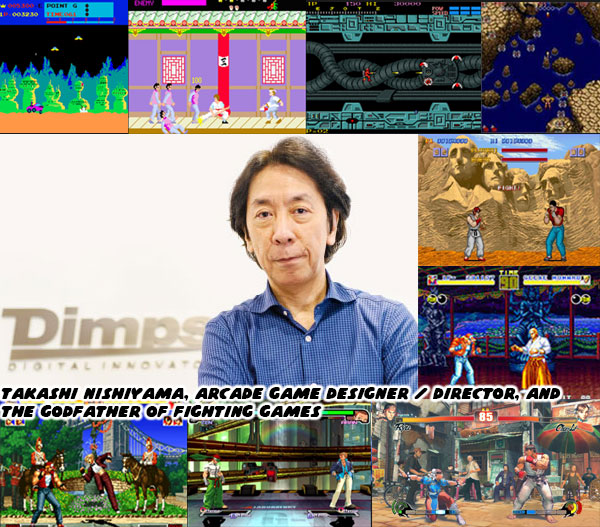
Takashi Nishiyama started at IREM before moving to Capcom. His first two titles before changing companies were arcade hits. These were two of the earliest arcade games I remember playing; Moon Patrol, and Kung-Fu Master.
The latter being a precursor to the brawler. At Capcom he helped direct, and produce a number of their classic hits; Section Z, Trojan, Legendary Wings, Avenger, Street Fighter, and Mega Man. He left the company to join arcade rival SNK. Once there he directed, and produced a library of fighting games, and their sequels including Fatal Fury, The King of Fighters ’94, Savage Reign, Kizuna Encounter: Super Tag Battle, Shinsetsu Samurai Spirits Bushidō. Once established as one of the premier developers he formed his own studio DIMPS, and continued developing fighting gems including
Demolish Fist, the Rumble Fish, Street Fighter IV, Dragon Ball Xenoverse, and Soulcalibur IV.
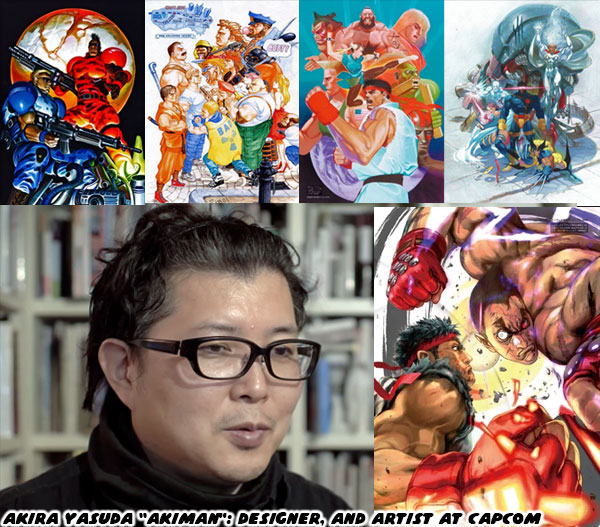
The people that worked alongside Mr. Nishiyama essentially developed the entire Capcom arcade legacy, and some of the biggest console hits as well. The name you might be most familiar with was Akira “AKIMAN” Yasuda. He was known as the father of Chun-Li. At Capcom he was a designer, and artist that worked on Forgotten Worlds, Final Fight, Street Fighter II, Captain Commando, The Punisher, Darkstalkers, X-Men: Children of the Atom, Star Gladiator, Red Earth, Street Fighter III, Power Stone, Final Fight Revenge, and the concept work for Red Dead Revolver. His co-worker was the other “Akira” at the studio Akira Nishitani. Mr. Nishitani worked his way up the company, and learned the ropes doing a little bit of everything. He was a designer, planner, director, and producer. His heart was definitely in fighting games, specifically Final Fight, Street Fighter II, Street Fighter II’: Champion Edition, Street Fighter II’ Turbo: Hyper Fighting, and X-Men: Children of the Atom. He left Capcom in the early ‘90s to form his own studio ARIKA. That was where he developed the Street Fighter EX with Capcom, Fighting Layer with Namco, and the independent Fighting EX Layer.
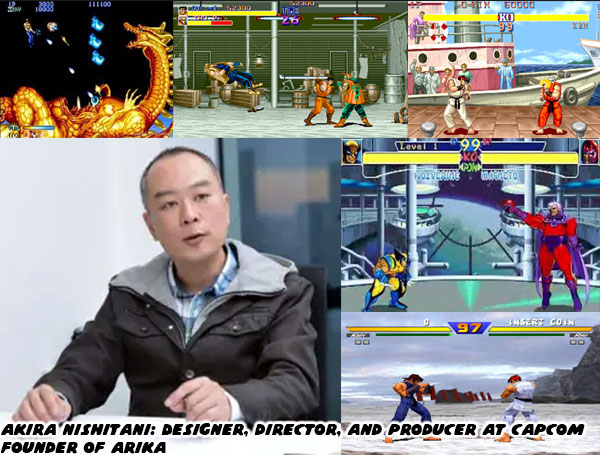
Both of the Akira’s at Capcom worked closely with Yoshiki Okamoto. He was a senior member, working on classics like Time Pilot, Gyruss, 1942, SonSon, Black Tiger, Willow, U.N. Squadron, and Magic Sword to name just a few. Arguably his biggest role was producer on Street Fighter II. Of all the team members he was the one that was said to have been very specific on the changes, and improvements that SFII would have over the original game. He had a hand in a bunch of other arcade, and console hits including Resident Evil 2, Dino Crisis, Breath of Fire IV, and Devil May Cry 2. Again, just to name a few hits that he produced. Like many of his colleagues he also eventually left Capcom to form his own studio called Game Republic.
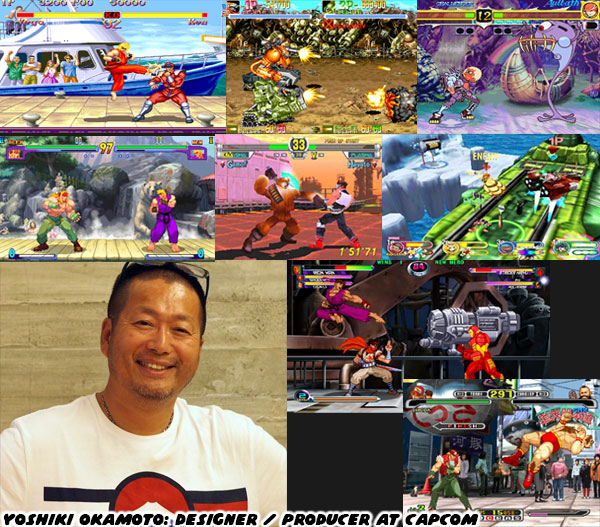
Of all the directors, and producers to work at Capcom I don’t think Noritaka Funamizu gets enough respect. He had been with the studio since 1985 starting with Gun Smoke. He also worked on 1943: The Battle of Midway, Forgotten Worlds, U.N. Squadron, Nemo, Street Fighter II, The Punisher, Star Gladiator, and X-Men vs Street Fighter to name just a few. What he did that was so important to the history of SF was create Street Fighter Zero / Alpha. Directing a new game seemed like an impossible challenge. The reason why was because a good number of the Street Fighter II team were feeling burned out by management. The bosses insisted on developing upgrade, after upgrade for arcade owners because SFII was a global phenomenon. The team did as they were told, cranking out the Champion Edition, Turbo, and Super updates within months of each other. The downside was that the team was not being given proper time to create an actual Street Fighter III. Many resigned in protest, and joined SNK, or left to form ARIKA.
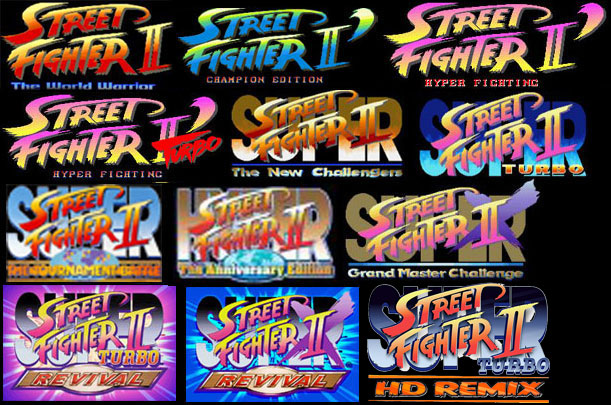
Mr. Funamizu knew there was no way he could develop a proper SFIII with many of his best team members gone. He knew that if his sequel was sub-par it might very well tank the franchise, and cost him his job. What he did was nothing short of genius. He decided to approach the next game as a grand experiment. Completely redo the art, aesthetic, and direction of the franchise. He would use the next game to connect the characters, and events of Street Fighter, Final Fight, and Street Fighter II. Since the game was a prequel of sorts he wouldn’t be in trouble if it didn’t fulfill what the fans expected to see in SFIII. He knew that a proper third title would need a new engine, and much longer development cycle. What he did for Capcom was buy them time. His team
accomplished the task in 10 months. For the quality of the game that was delivered it seemed four times longer in development, and ten times the number of employees.
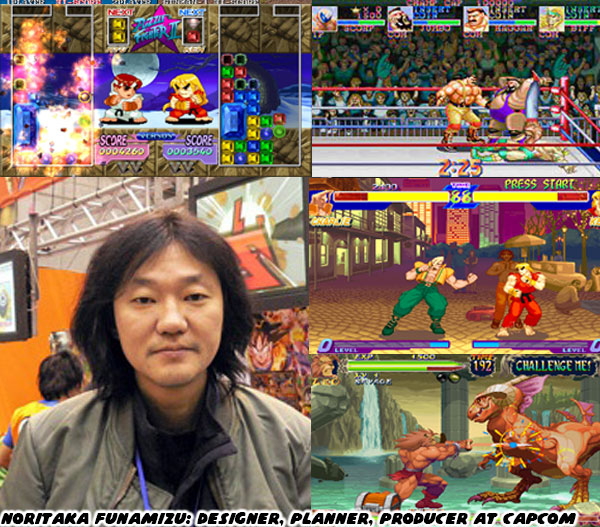
Street Fighter Zero / Alpha was another smash hit, and right away the team went into developing a sequel for it. They managed to add all the little details, and characters they had originally planned for the first. Without hyperbole I called
Street Fighter Zero 2 the greatest fighting game of all time. It kept the franchise alive, shifted the genre, influenced an entire generation of developers, and cement the legacy of the studio. Street Fighter III, IV, and V were good games, but they were far from capturing the magic of either SFII, or SFZ. In my write up of SF Zero 2 I said; “I doubt that I will live long enough to see a better fighter.”
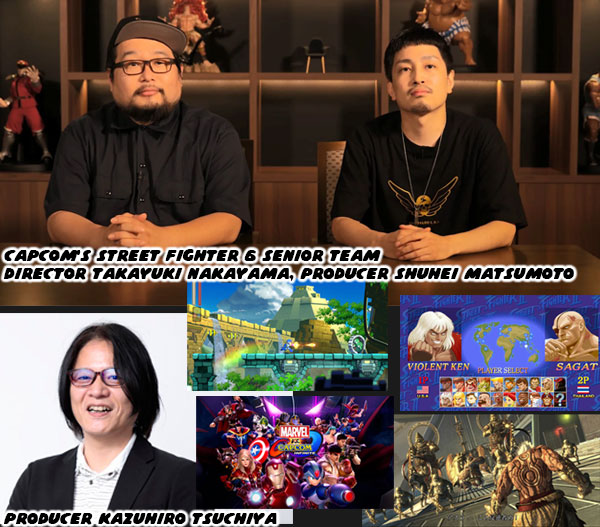
Thankfully I was proven wrong. Twenty six years later the studio was in some very capable hands. The mix of new faces, and long-time employees gave Street Fighter 6 a fresh perspective. Starting with director Takayuki Nakayama. He had worked as director on Street Fighter V, and previously JoJo's Bizarre Adventure: Golden Wind. Producer Kazuhiro Tsuchiya had been with Capcom since 1992. He produced Asura’s Wrath, and was the lead Producer on the Mega Man series since 2018. Co-Producer Shuhei Matsumoto was the most well versed in fighting game development he had produced Street Fighter: 30th Anniversary Collection, Marvel vs. Capcom: Infinite, and Ultra Street Fighter II: The Final Challengers.
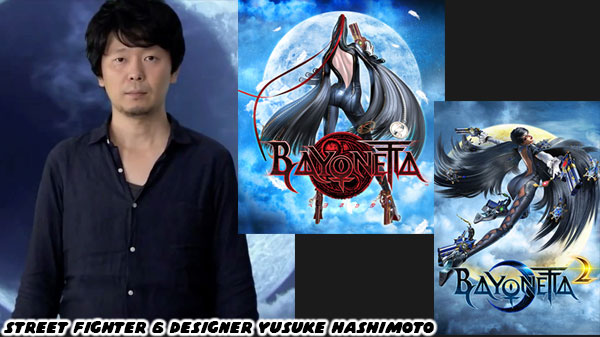
One of the things that had irked me the most about the previous two SF games were the new characters, and art direction. I felt that director / producer Yoshinori Ono was introducing silly characters that didn’t really fit into the series. All of a sudden in SF6 we have characters that appear like re-do’s of the SF IV, and V characters that didn’t work. Such as
Manon replacing Abel,
Marisa replacing Hakan,
A.K.I. replacing F.A.N.G., and
Jamie fulfilling the unused notes for King Cobra. The updated costumes for the World Warriors, and overall new aesthetic was thanks to designer Yusuke Hashimoto who produced Bayonetta, and directed Bayonetta 2. His sense of color, and costuming worked well for the SF cast, and could appeal to international audiences. This collection of senior talent worked surprisingly well. The way they captured the magic of all the previous SF games was amazing. Moreover the love they had for the franchise was palpable. I could tell because of the work they had put into Metro City. I hadn’t been that hyped on revisiting the location in more than 30 years. In the next blog I’m going to share a very personal story with you. I hope you return for that. If you are a long time fan of Street Fighter then I would like to hear your impressions of SF6. If you have never played any game previously then tell me your experiences in the comments section please. As always if you would like to sponsor me
please visit my Patreon page and consider donating each month, even as little as $1 would help make better blogs and even podcasts!


















No comments:
Post a Comment